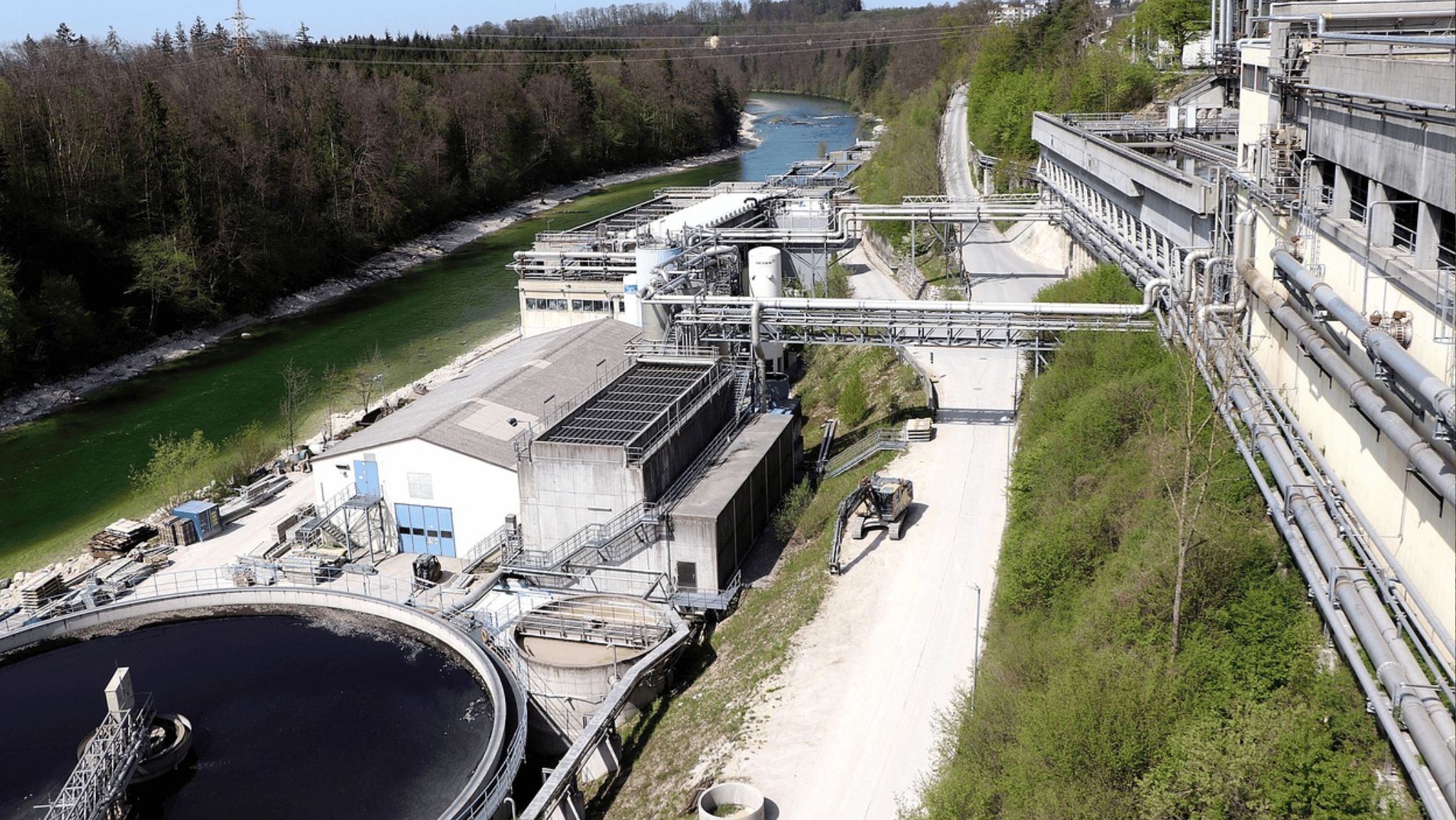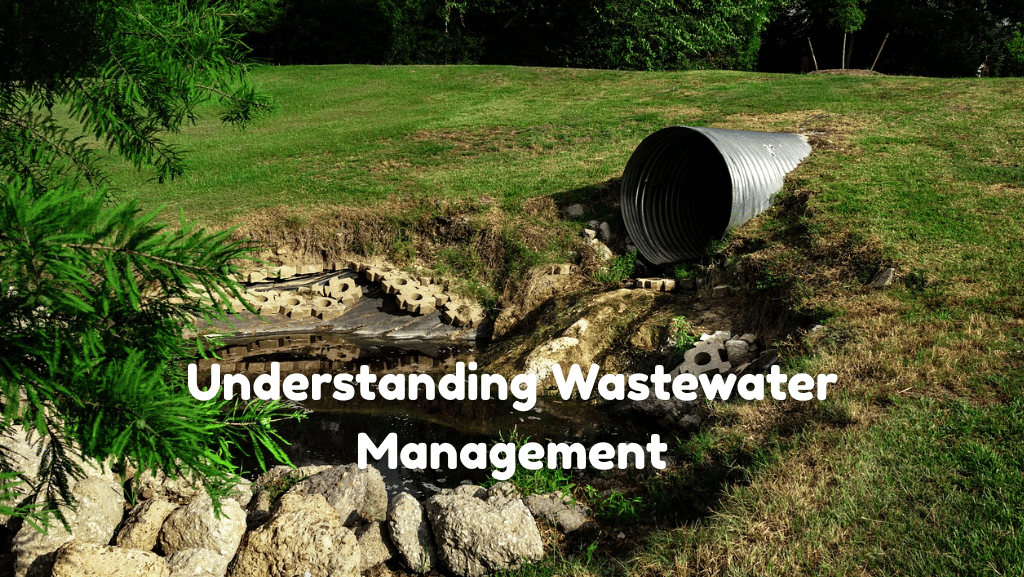Wastewater management affects public health, environmental safety, and water sustainability across the globe. Whether it’s in urban centers, rural towns, or industrial facilities, how wastewater is handled can shape the well-being of ecosystems and communities alike. This responsibility doesn’t fall solely on treatment facilities or municipal planners—it requires awareness and informed participation from citizens, industries, and engineers alike. Understanding the methods, technologies, and challenges behind wastewater management is a step toward safeguarding one of the planet’s most finite resources: clean water.
Pumps and the Backbone of Wastewater Transport
At the center of wastewater infrastructure lies the pump, responsible for moving untreated and treated water through collection systems, into treatment facilities, and back into the environment or reuse systems. Wastewater pumps face some of the most demanding mechanical conditions: they must handle solid particles, variable flows, and corrosive substances without interruption. The reliability of these pumps directly affects the success of the entire system. Modern solutions include submersible, centrifugal, and positive displacement pumps, all chosen based on site-specific requirements such as flow rate, solids content, and pressure needs. Among the technologies addressing tough wastewater scenarios, options like Eddy Pump stand out for their non-clogging capabilities and ability to manage abrasive or high-solid materials. These systems reduce downtime and maintenance costs, making them attractive for municipal and industrial use.
The Treatment Process: Stages That Make Wastewater Safe
Wastewater treatment doesn’t end with moving it to a plant. Once delivered, it undergoes several stages to remove physical, chemical, and biological contaminants. Primary treatment focuses on separating solids from liquids, using screening and sedimentation. This is followed by secondary treatment, which introduces biological processes—often involving bacteria—to break down organic material.
Tertiary treatment goes further, targeting nutrients like nitrogen and phosphorus, and sometimes even pharmaceuticals and personal care products. Disinfection, often through chlorination or ultraviolet light, ensures pathogens are neutralized before the water is discharged or reused. Each step is vital to protecting waterways, public health, and the usability of treated effluent.
The Role of Infrastructure and Maintenance
Pipes, lift stations, manholes, and sensors make up the hidden network supporting wastewater systems. Infrastructure conditions directly influence how effectively a system can function. Cracked or aging pipes can lead to infiltration of groundwater or exfiltration of wastewater—both with environmental consequences. Overflowing lift stations may discharge untreated water into the environment, especially during heavy rain.
Routine inspection, using CCTV, flow monitoring, and predictive maintenance models, helps anticipate failures before they occur. Investing in strong infrastructure is more cost-effective over time than dealing with the aftermath of contamination or system collapse. Public funding, policy, and public-private partnerships all play roles in keeping systems functioning and up to date.
Industrial and Agricultural Wastewater: Unique Challenges
Unlike residential wastewater, industrial and agricultural sources often contain high concentrations of specific pollutants. These may include heavy metals, oils, pesticides, or excess nutrients. Treating this kind of wastewater often requires customized solutions. Biological treatments may not be sufficient, necessitating chemical or membrane-based processes.
Agricultural runoff introduces concerns like nitrate pollution, which affects groundwater and drinking supplies. In livestock operations, wastewater can contain pathogens, antibiotics, and high nutrient loads. For industrial facilities, pre-treatment before discharge into municipal systems is usually mandated, ensuring that municipal plants are not overwhelmed or damaged by concentrated contaminants.
Water Reuse and Sustainability in Practice
Treated wastewater is increasingly being seen as a resource rather than waste. Water reuse initiatives help reduce reliance on freshwater sources, particularly in arid regions or places facing prolonged drought. Reclaimed water can be used for irrigation, industrial cooling, groundwater recharge, and even potable reuse in some areas.
These applications depend on the treatment level. Potable reuse requires advanced purification techniques such as reverse osmosis and advanced oxidation. Strict monitoring and public transparency are needed to maintain trust and safety. Many communities are exploring decentralized reuse systems, which treat water closer to where it’s used, improving efficiency and resilience.

Public Awareness and Policy as Pillars of Success
Without public understanding and involvement, wastewater management systems face an uphill battle. Improper disposal of grease, medications, or hazardous chemicals into the sewage system complicates treatment and damages infrastructure. Public education campaigns help reduce such risks and build support for funding wastewater upgrades.
Policy plays an equally important role. Regulations on discharge limits, inspection requirements, and funding allocations shape how wastewater systems operate. Collaborative governance—where stakeholders from utilities, governments, and communities work together—leads to more resilient and responsive systems. Transparent reporting and community involvement create accountability and trust, ensuring that wastewater isn’t an afterthought but a shared responsibility.
Wastewater management may seem invisible to the everyday citizen, yet it influences health, safety, and sustainability across the globe. From the mechanical strength of pumps and the precision of treatment methods to the policy frameworks and public behavior that shape long-term outcomes, every part of the system matters. With growing populations, climate challenges, and increased water demand, understanding wastewater management is not just a technical concern—it’s a community priority. By valuing the systems that clean and return water to the environment, society can meet the water challenges of today and tomorrow.




